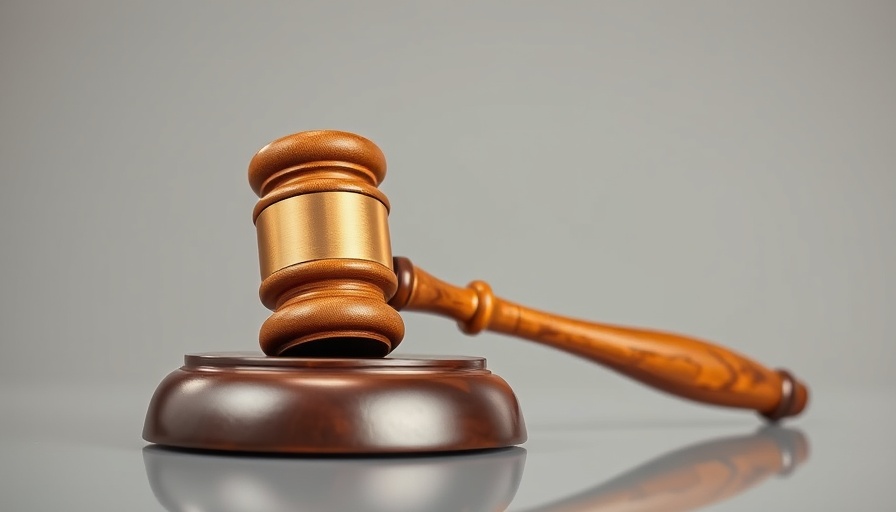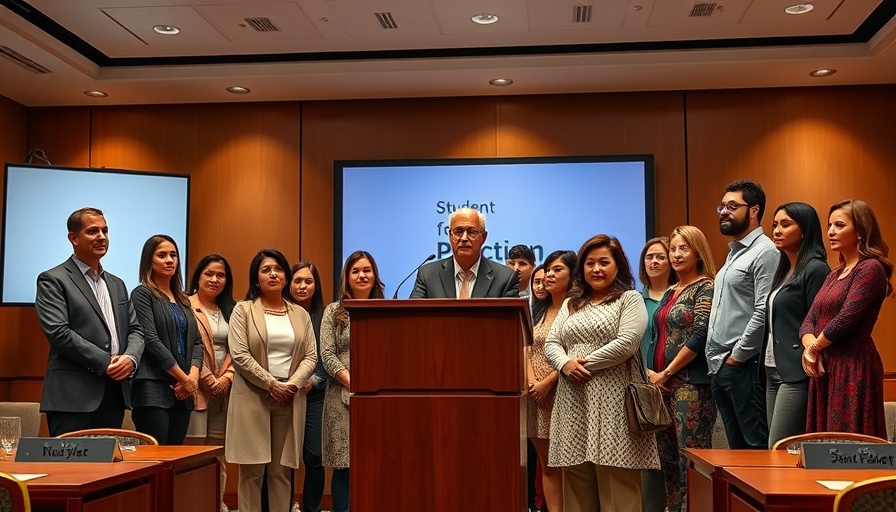
A Life-Changing Lesson in Jiu-Jitsu
The recent ruling by the California Supreme Court, which confirmed a staggering $46 million verdict for Jack Greener—a young man paralyzed during a Brazilian jiu-jitsu lesson—has far-reaching implications for athletes and sports instructors alike. Greener was a 23-year-old student at the Del Mar Jiu-Jitsu Club when tragedy struck in November 2018 during a lesson with instructor Francisco Iturralde, a second-degree black belt. The incident left Greener with a spinal cord injury, enduring significant medical challenges, including strokes and a lengthy hospital stay, all just as he was on the brink of graduating college.
Accountability in Sports Training
This case touches on the pivotal issue of whether sports instructors bear responsibility for injuries caused during training. As emphasized by Greener's attorney, Rahul Ravipudi, the verdict not only serves justice for Greener but also sets a precedent for ensuring that coaches and facilities are held accountable when they create unnecessary risks during instruction. It's a legal milestone for many aspiring athletes who engage in potentially dangerous physical sports.
Contrast in Perspectives
While many supporters of the ruling celebrate this as a necessary step towards athlete safety, others caution against a climate of over-litigation in sports. Some argue that injuries are an inherent part of contact sports, and an overemphasis on liability could impact how instructors teach techniques and manage risks. This contrast highlights the ongoing debate about the balance between safety and the nature of athletic training.
A Personal Journey
Greener's journey after the incident is understandably filled with challenges and changes. Weeks before his life was altered, he was poised to start a career as a professional surf instructor—a dream now altered significantly due to his condition. His life serves as a stark reminder of the physical and emotional toll that serious sports injuries can impose. For those in North County, the implications of such cases resonate deeply, emphasizing the need for well-structured protocols in sports instruction to protect aspiring athletes.
The Broader Implications for North County San Diego
This verdict indeed shines a spotlight on the sports culture in North County San Diego, raising awareness about safety measures necessary in local gyms and training facilities. It serves as a call to action for instructors and students alike to engage in safer training practices and to discuss openly the risks involved in various activities. Ensuring safety in sports is not just about injury prevention but also about creating an environment where athletes can learn and grow with confidence.
Final Thoughts
As this case illustrates, each training session carries not only opportunities for growth and learning but also potential risks that must be managed responsibly. The legal recognition of the rights of injured athletes is a step towards a sports culture that prizes both achievement and safety. Local residents are encouraged to engage in discussions about sports safety and advocate for best practices that protect all participants.
 Add Row
Add Row  Add
Add 




 Add Row
Add Row  Add
Add 

Write A Comment